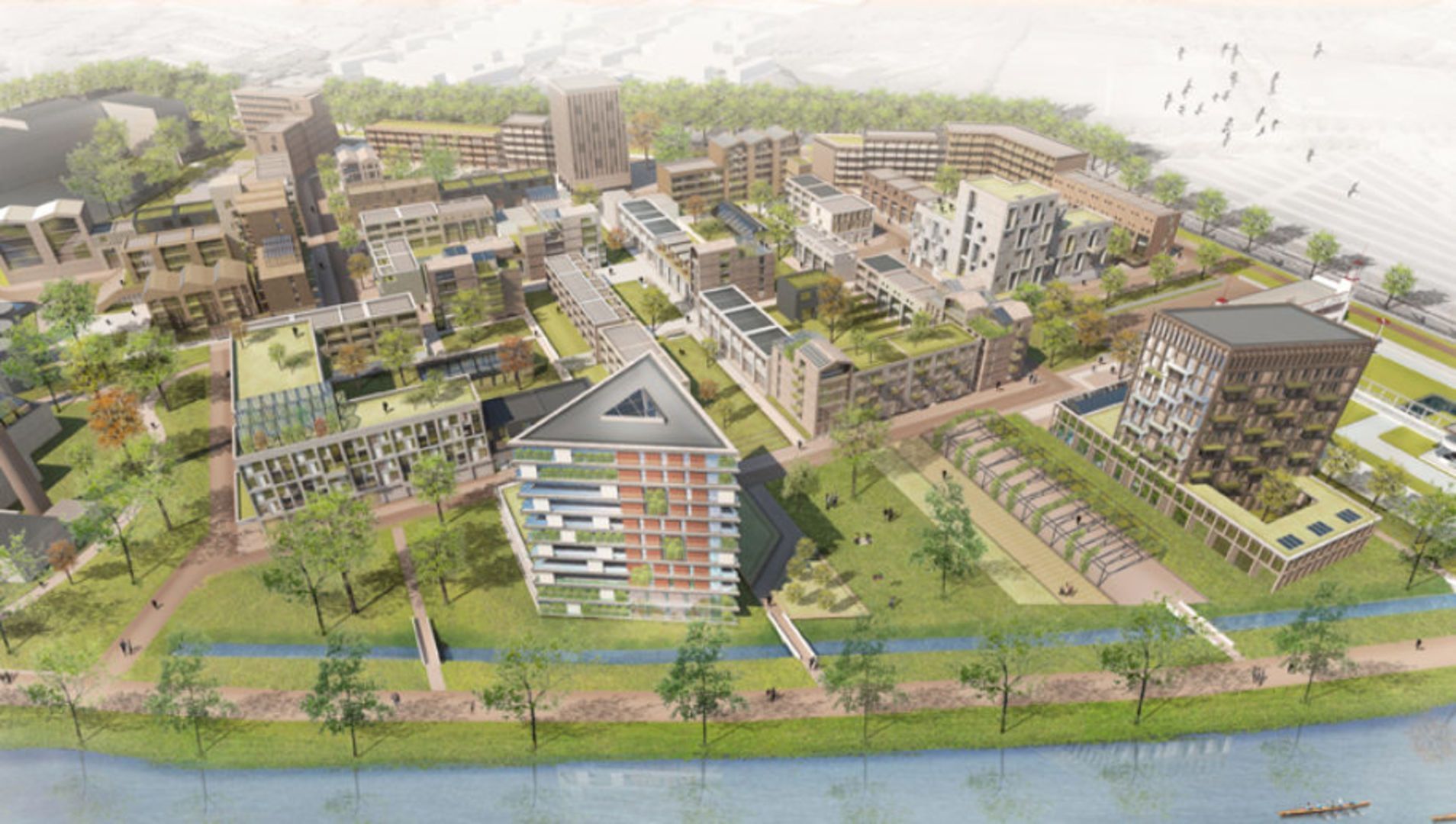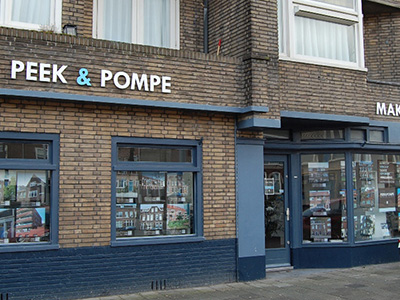Green, car-free city district with amenities within easy reach.
Merwede will become a special, 21st century urban district for Utrecht where more than 12,000 people will soon be able to live in a sustainable and healthy way. Characteristic of this urban district is high-quality greenery in public spaces, in courtyards and on roofs. This is possible because it will be a virtually car-free district where pedestrians and cyclists are central. People can use a wide range of shared cars, shared bicycles and public transport.
Contemporary, accessible city district
Merwede is changing from an industrial estate into a contemporary urban district that is accessible to everyone: from starters to the elderly and from singles to families. More than half of the number of homes consists of affordable rental and purchase: 30% social rental, 25% middle segment and the rest is the private sector. Alternating heights, widths and architecture determine the streetscape, as well as the greenery. The motto is: green, unless. Each building block will have a courtyard, many of which are accessible to everyone.

A fine-meshed network for slow traffic ensures that the district is well connected to the rest of the city and is therefore easily accessible. The new Merwede Park will be built along the canal, which, together with the Merwedeplantsoen, will soon connect all parts of the new and existing neighborhoods. This makes the area attractive for walking.
It will be a city district with everything within reach and facilities for all Utrecht residents. People do their shopping there, work and exercise in the area and enjoy a terrace on a city square. Children will soon go to primary or secondary school there. The current bicycle depot will become a vibrant place with a market hall, catering, creative activities and food cultivation for the entire district and surrounding area.
At the same time as the development of Merwede, the municipality, in consultation with residents, is giving a boost to the surrounding Rivierenwijk and Transwijk districts. By making it greener, improving the public space and providing better connections for cyclists and walkers.
Sustainable and healthy
Merwede will become almost energy neutral. It will have the largest underground heat-cold storage facility in the Netherlands to heat or cool the district, using water from the Merwede Canal. The greenery and solar panels on the roofs contribute to a healthy city. No roof is unused, that is the idea. In the 'Merwede Lab', specialists investigate during area development how the district can become as sustainable and circular as possible, always using the latest techniques. The Merwede Lab also involves residents in the design of public space.




